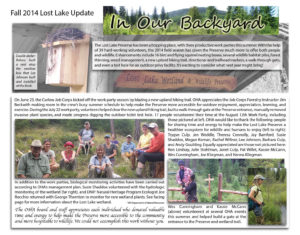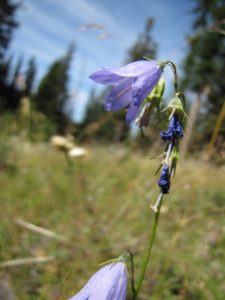Get Lost! Lost Lake Trail Race 2019
Fifty-six runners age 4 and up gathered at Lost Lake in the Okanogan Highlands on Sunday, June 30, to participate in OHA’s 2nd annual Get Lost! Trail Race event. This year, the fundraiser for OHA offered a 3-mile race in addition to the half-marathon, 7-miler, and free 1k kid’s race.
“A highlight of the day for me was the amazing people,” said AJ Baker, half-marathon winner for the men’s division, “especially considering I was an unfamiliar face to most, I felt so welcomed by everyone involved with the event.” He added, “the course and surrounding area were incredible. I’m glad there are opportunities like this to experience the beauty of the Okanogan!”
“It was a beautiful day,” said Erin VanderStoep, who ran the 7-mile distance. She added: “The sun was shining, the loons were laughing, and the wildflowers were in full bloom on top of Strawberry Mountain; it couldn’t have been a more beautiful course on a more beautiful day.”
A huge thank you to…
- Our volunteers who helped facilitate the event
- This year’s sponsors: Tonasket Natural Foods Co-Op, Lee Frank’s Mercantile, North 40 Outfitters, Big 5 Sporting Goods, and REI Co-Op
- The runners for supporting OHA!











